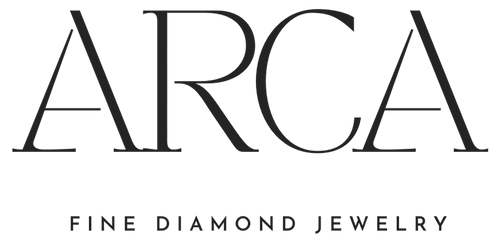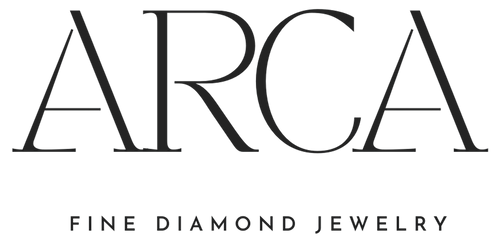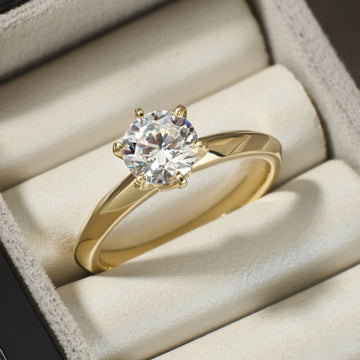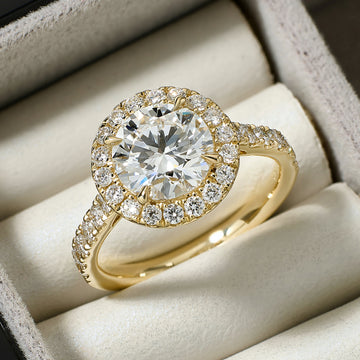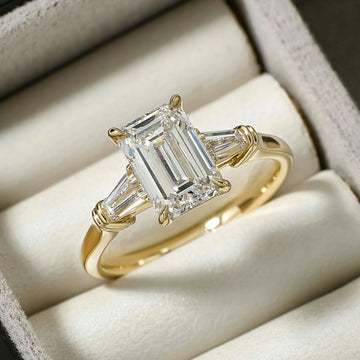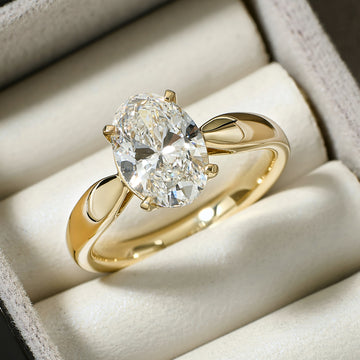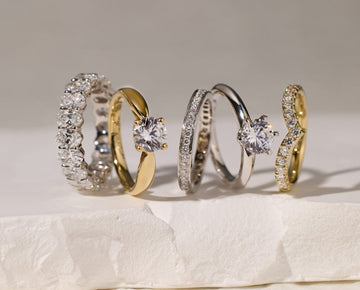As more couples prioritize sustainability, transparency, and smart spending, lab-grown diamonds are becoming a leading choice for engagement rings. The most common question we hear: how are lab-grown and natural diamonds different? Below we explain the differences across composition, hardness, fire, and value—clearly and practically.
- Composition: identical in essence, different in origin
- What’s the same: whether formed underground or in a lab, both are pure carbon in an sp3 diamond lattice. They share the same refractive index (about 2.42) and dispersion (about 0.044)—the physics behind sparkle and fire.
- What’s different: Natural diamonds form over geologic time in the mantle; lab-grown diamonds are created in controlled environments using:
- CVD (Chemical Vapor Deposition): excellent for high clarity and symmetrical crystals.
- HPHT (High Pressure High Temperature): flexible for growing larger crystals and tuning color.
Every stone we source is accompanied by an authoritative lab report (e.g., IGI/GIA) clearly stating Laboratory-Grown for authenticity and traceability.
- Hardness: Mohs 10 either way—daily durability, no compromise
- Lab-grown and natural diamonds are identical in hardness, thermal conductivity, and scratch resistance—among the most wear-resistant materials in jewelry. Note that hardness doesn’t equal shatter-proof: pointed areas can chip under strong impact. Regardless of origin, avoid hard knocks and schedule regular maintenance.
- Fire and brilliance: cut quality—not origin—decides the look
- Visual performance is driven by cut proportions, symmetry, and polish. With Excellent/Ideal cuts, lab-grown diamonds deliver brightness, fire, and scintillation that are indistinguishable to the naked eye from natural diamonds.
- Budget advantages help you “spend where it shines”: for the same budget, lab-grown often lets you choose a bigger carat and stricter cut parameters, producing a brighter, cleaner look. This is why many buyers feel lab-grown “looks sparklier.”
- Color and clarity: both origins cover the full spectrum from colorless to fancy colors. Lab-grown offers more consistent access to high-clarity, near-colorless stones, reducing the gamble factor.
- Value: invest your budget in visible beauty and better experience
- Price and configuration: under comparable 4C specs, lab-grown diamonds typically cost about 50%–80% less (market dependent). That frees budget for a larger center stone, sturdier craftsmanship, or a more refined setting—rather than paying for a scarcity narrative.
- Emotion and sustainability: an engagement ring carries promise and daily companionship. Lab-grown preserves brilliance and durability while offering a more transparent supply chain and a friendlier carbon footprint. We document the journey from growth to cutting and setting, and prioritize recycled precious metals to minimize each ring’s impact.
How to decide? A simple priority order
- Cut first: it sets the ceiling for fire and brightness.
- Carat second: increase size without sacrificing cut.
- Color and clarity third: aim for eye-clean and allocate budget where it’s most visible.
- Lifestyle and setting: choose prong height, band width, and comfort-fit profiles to balance durability and feel.
